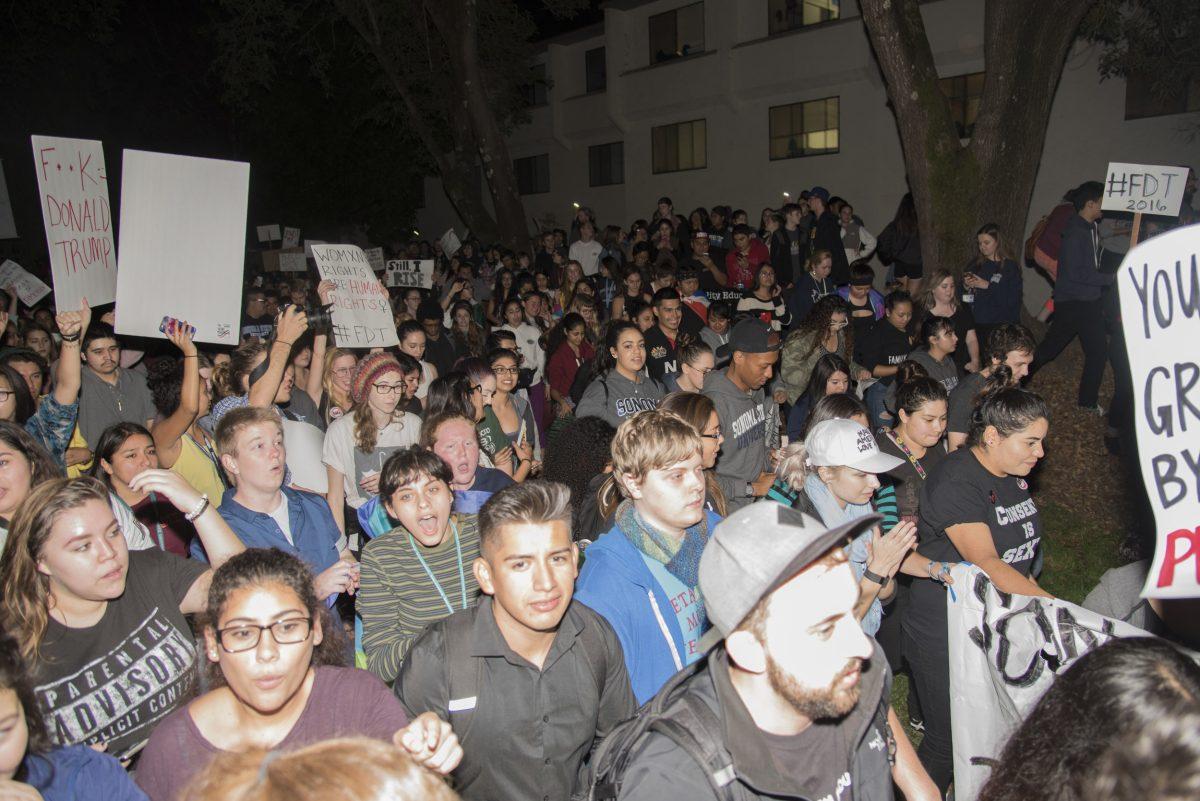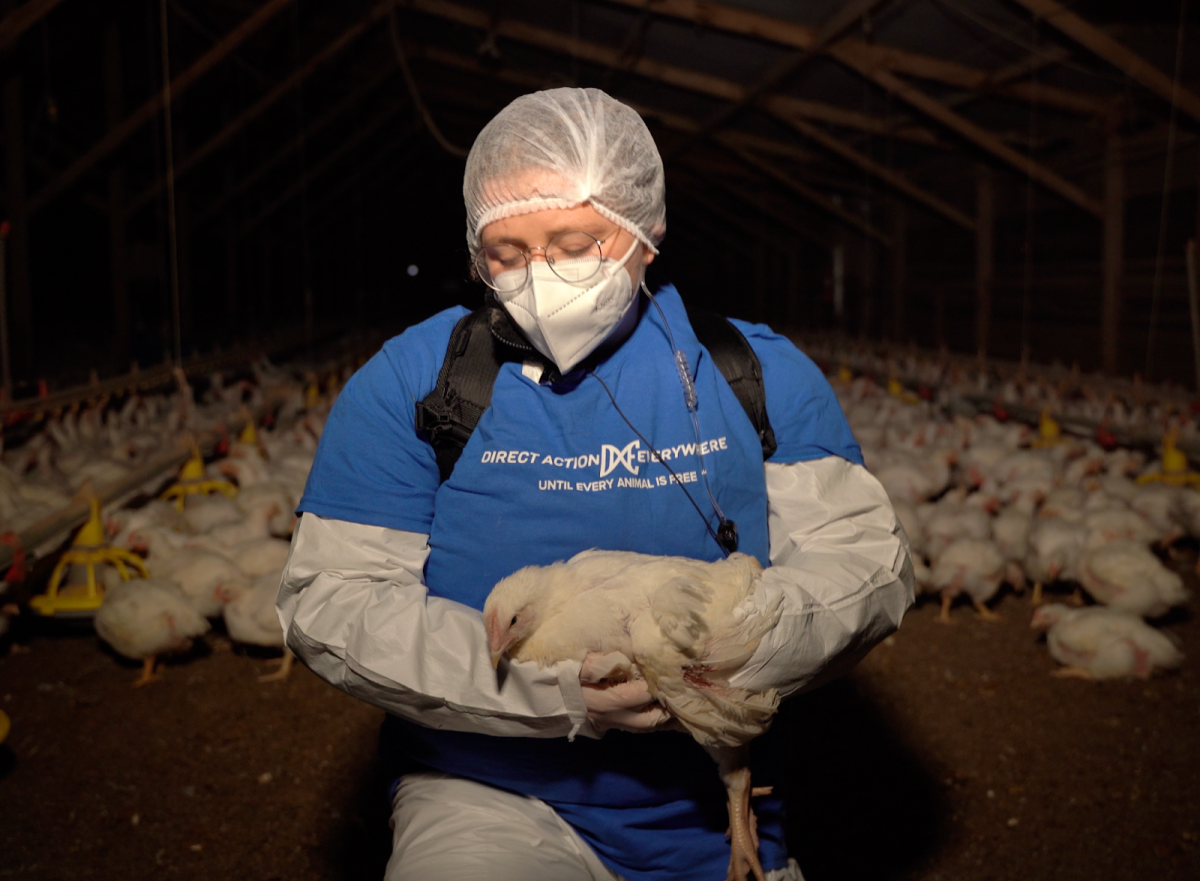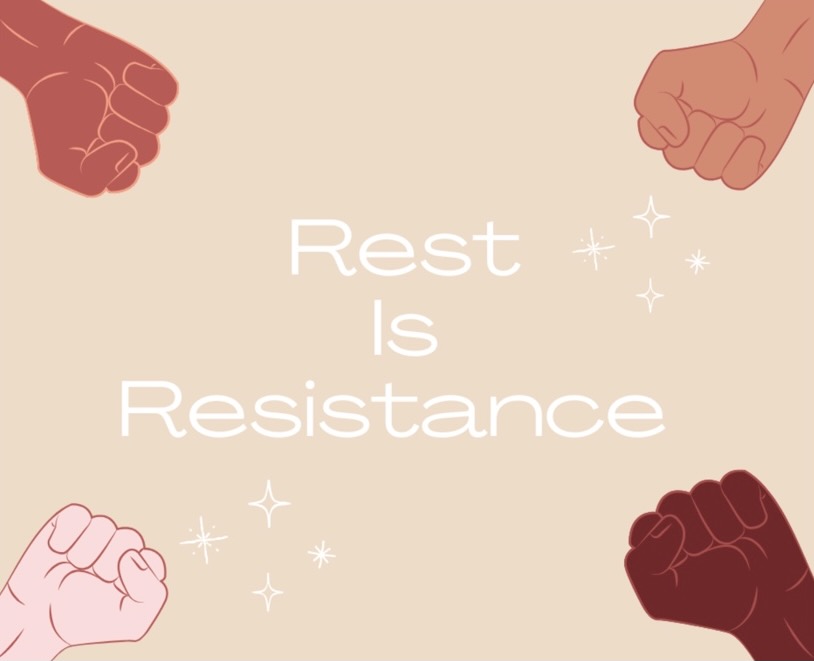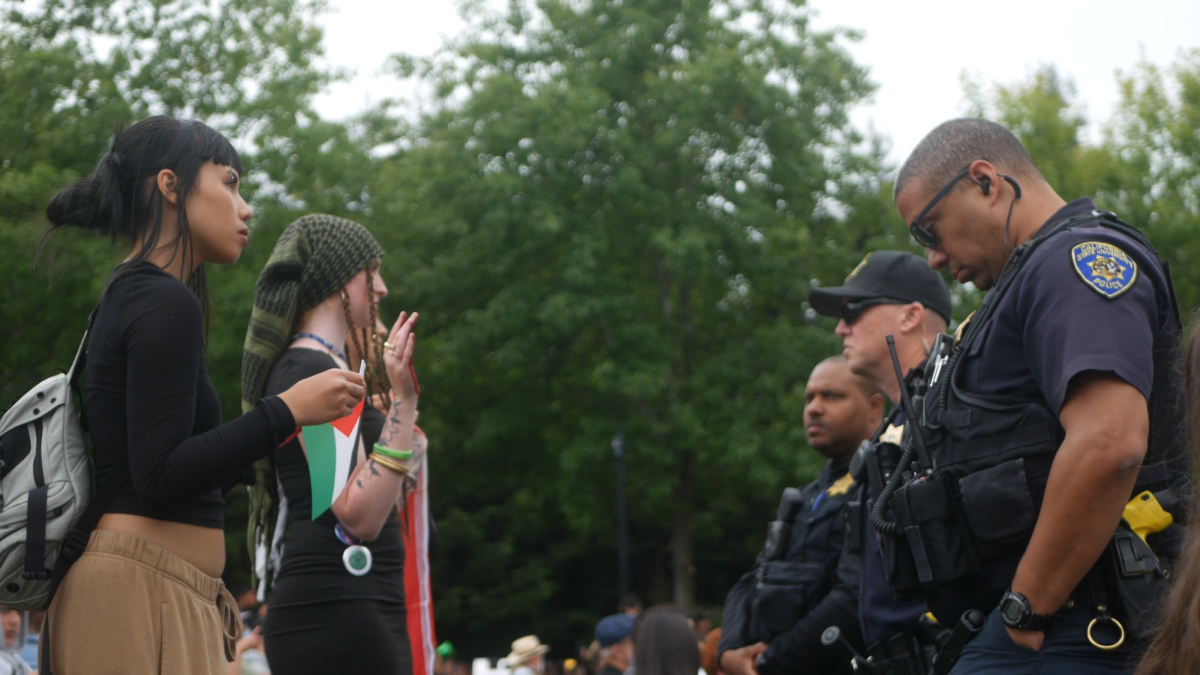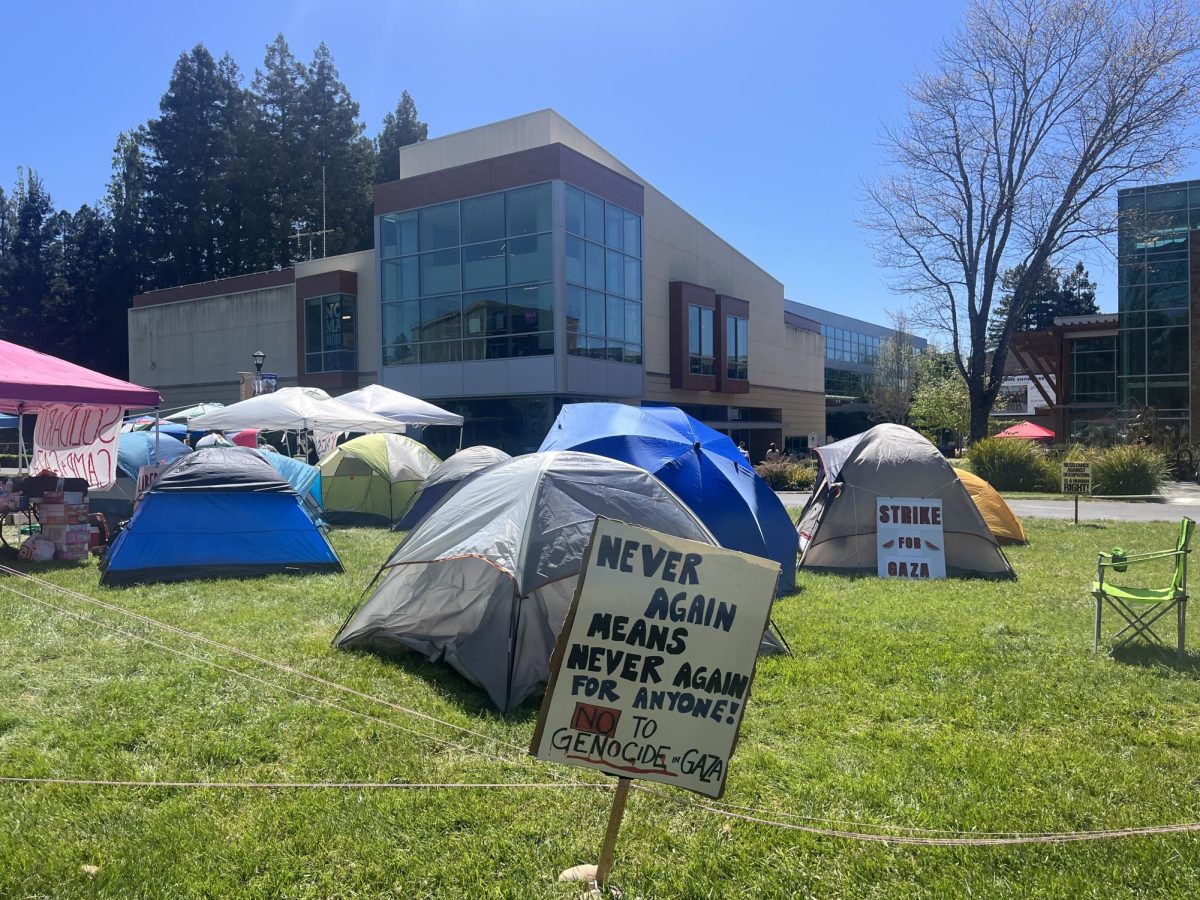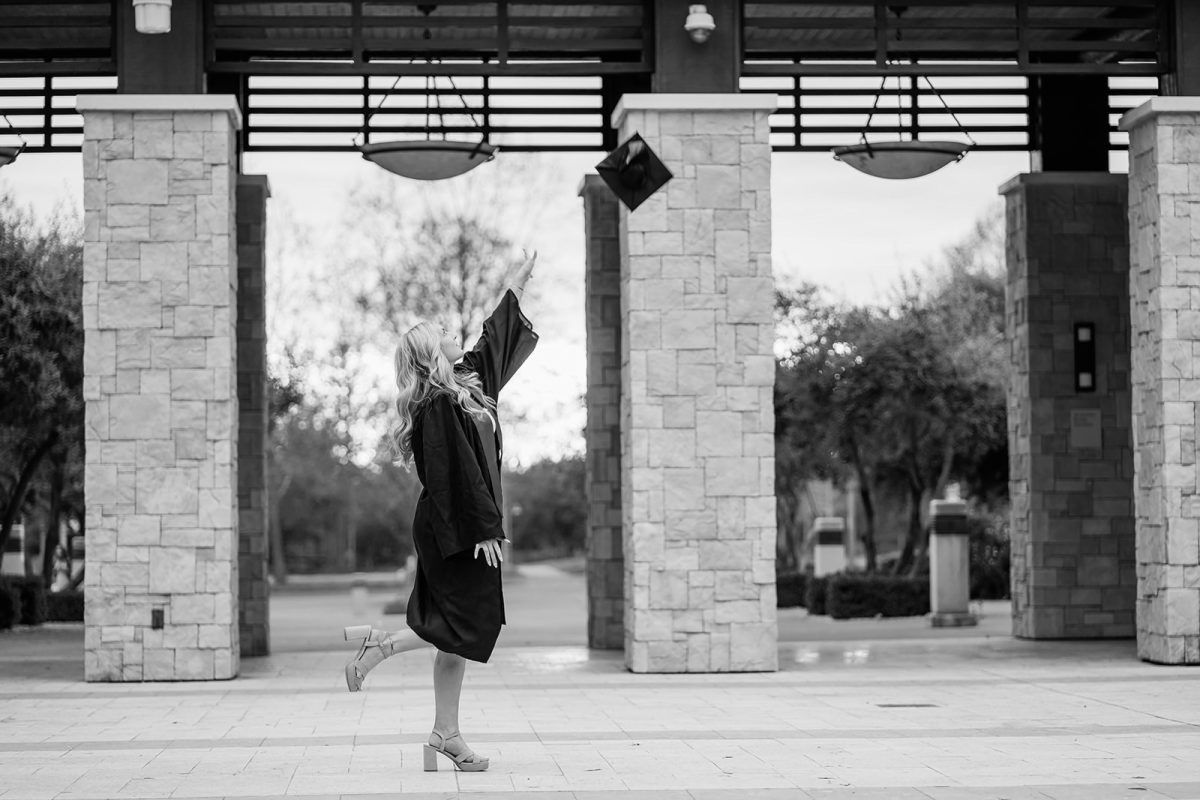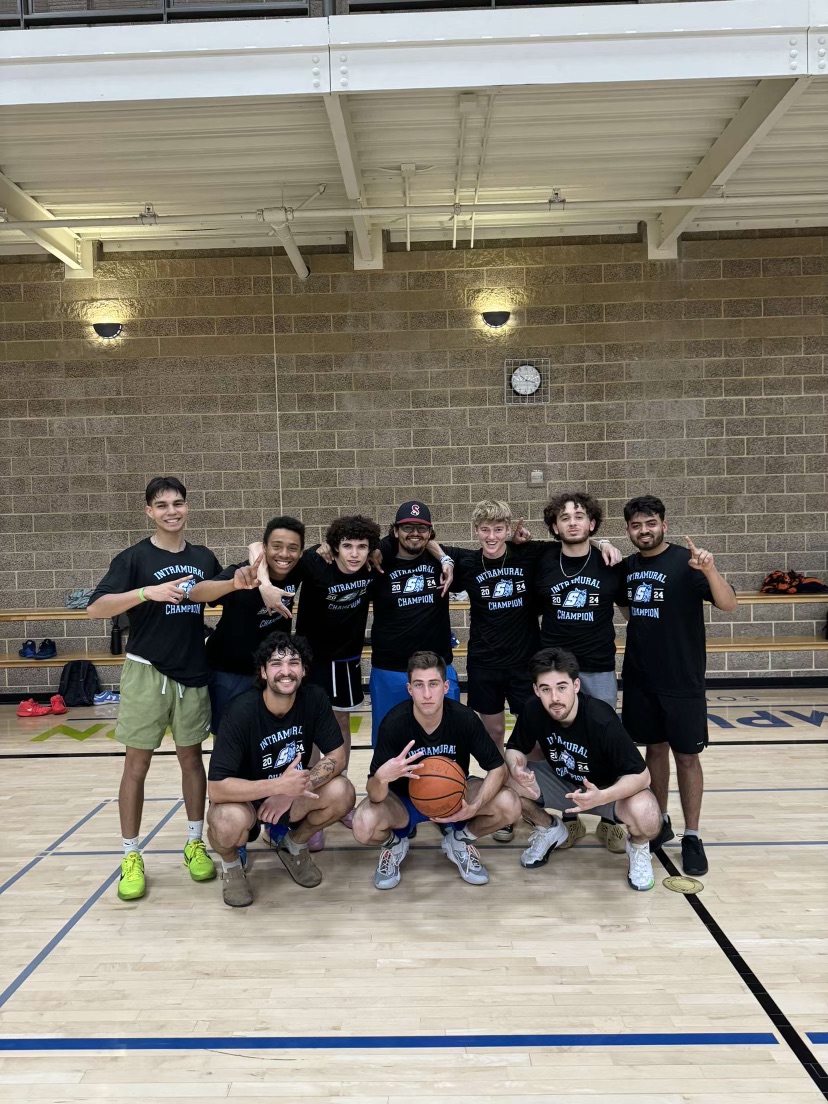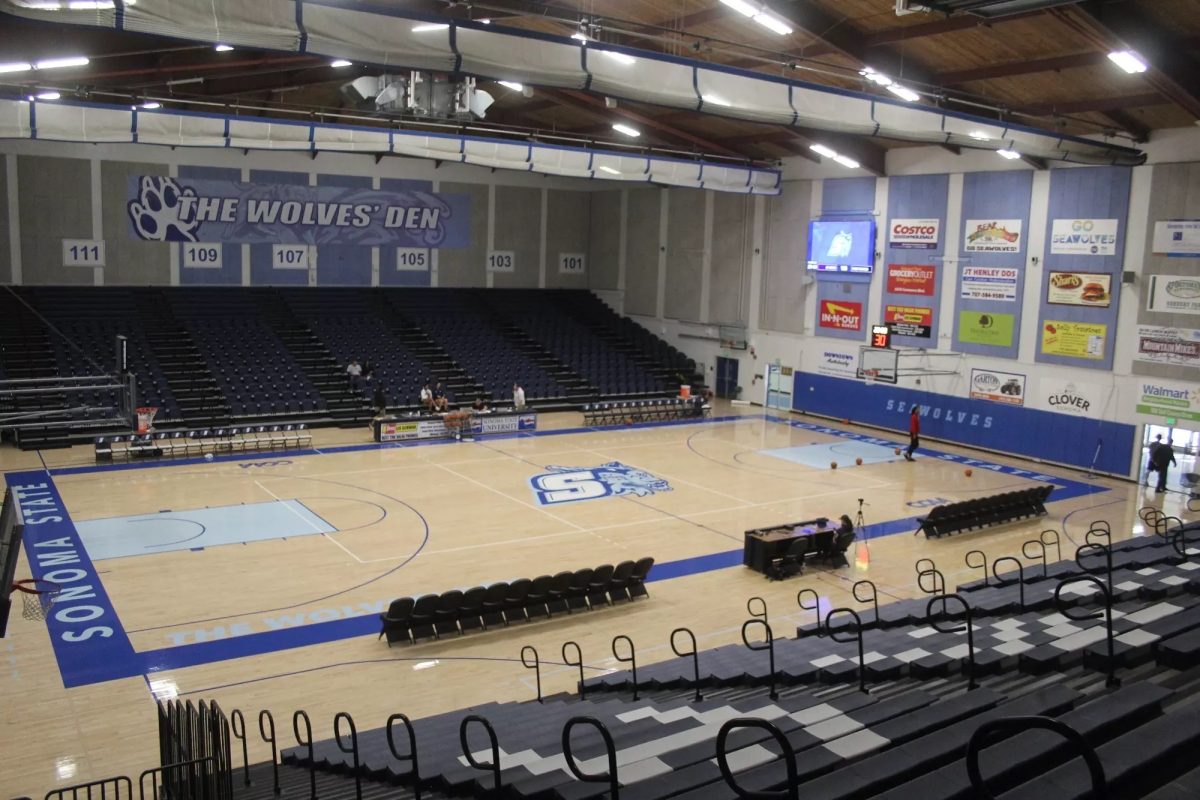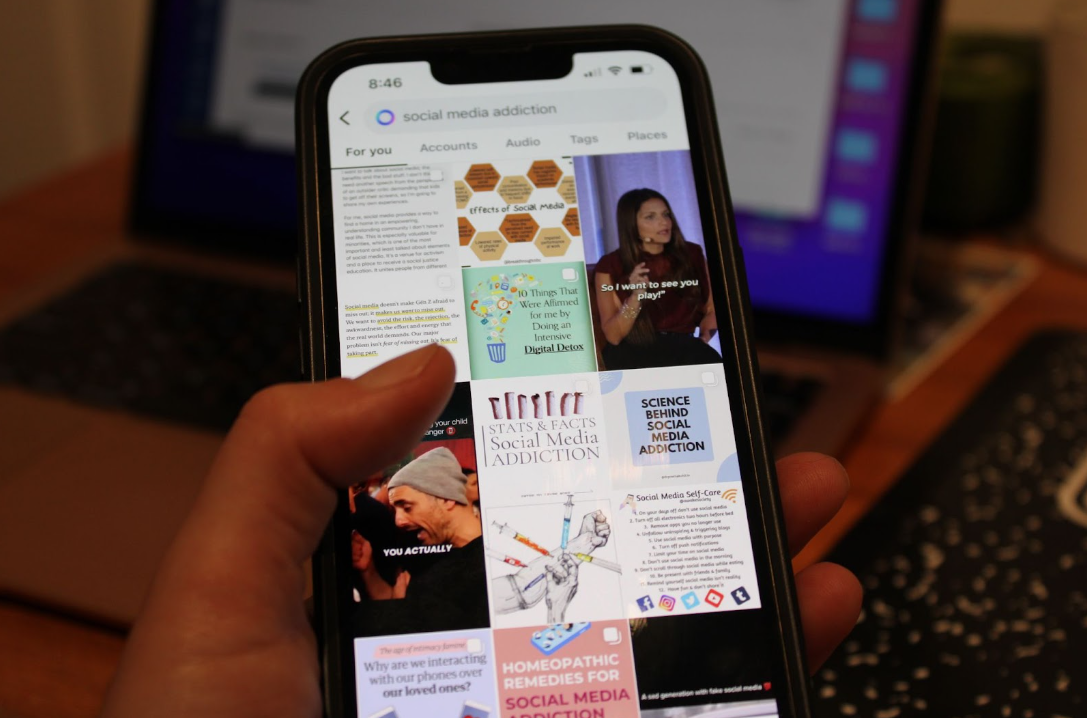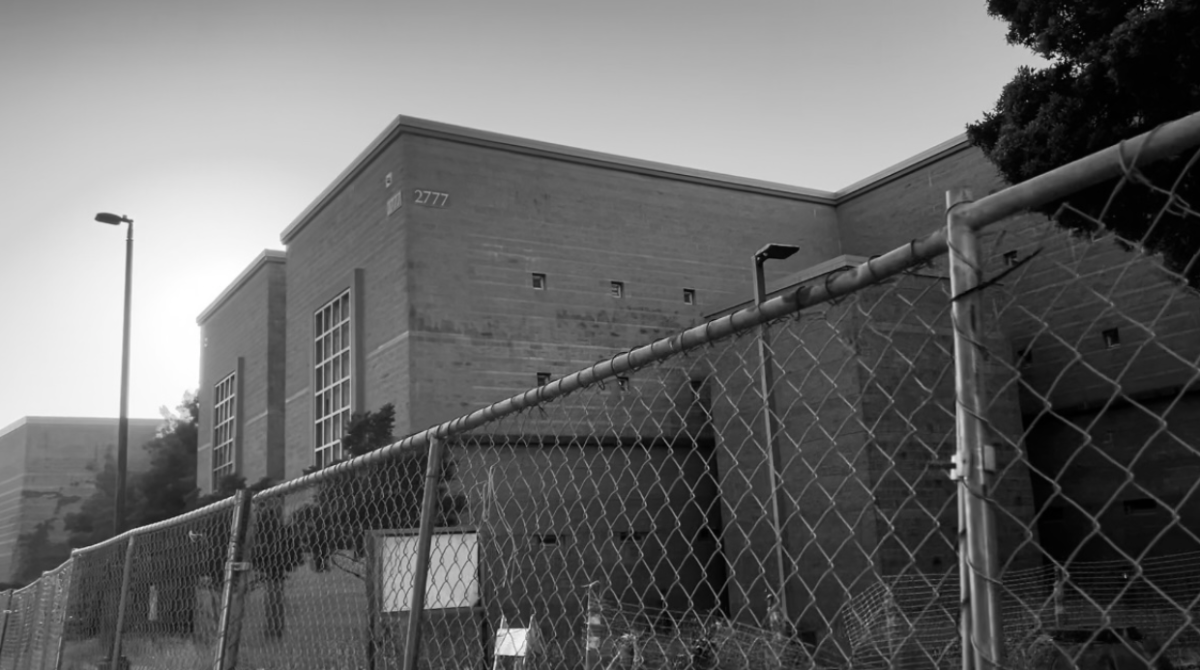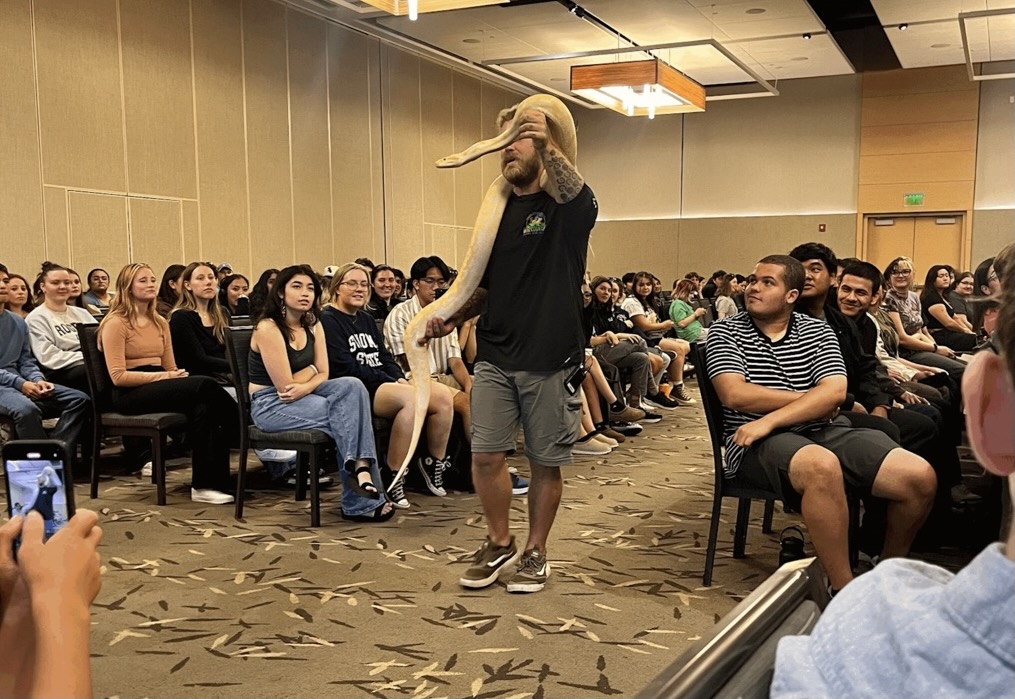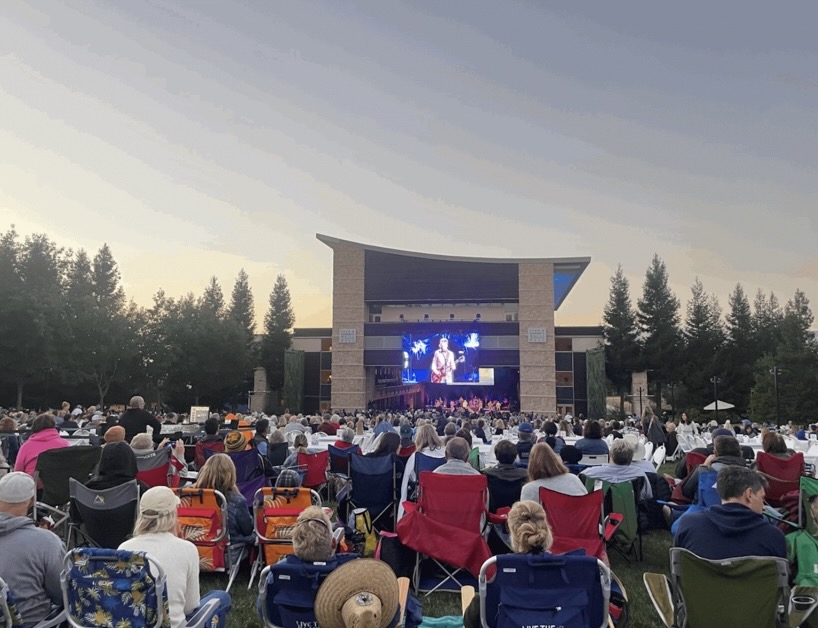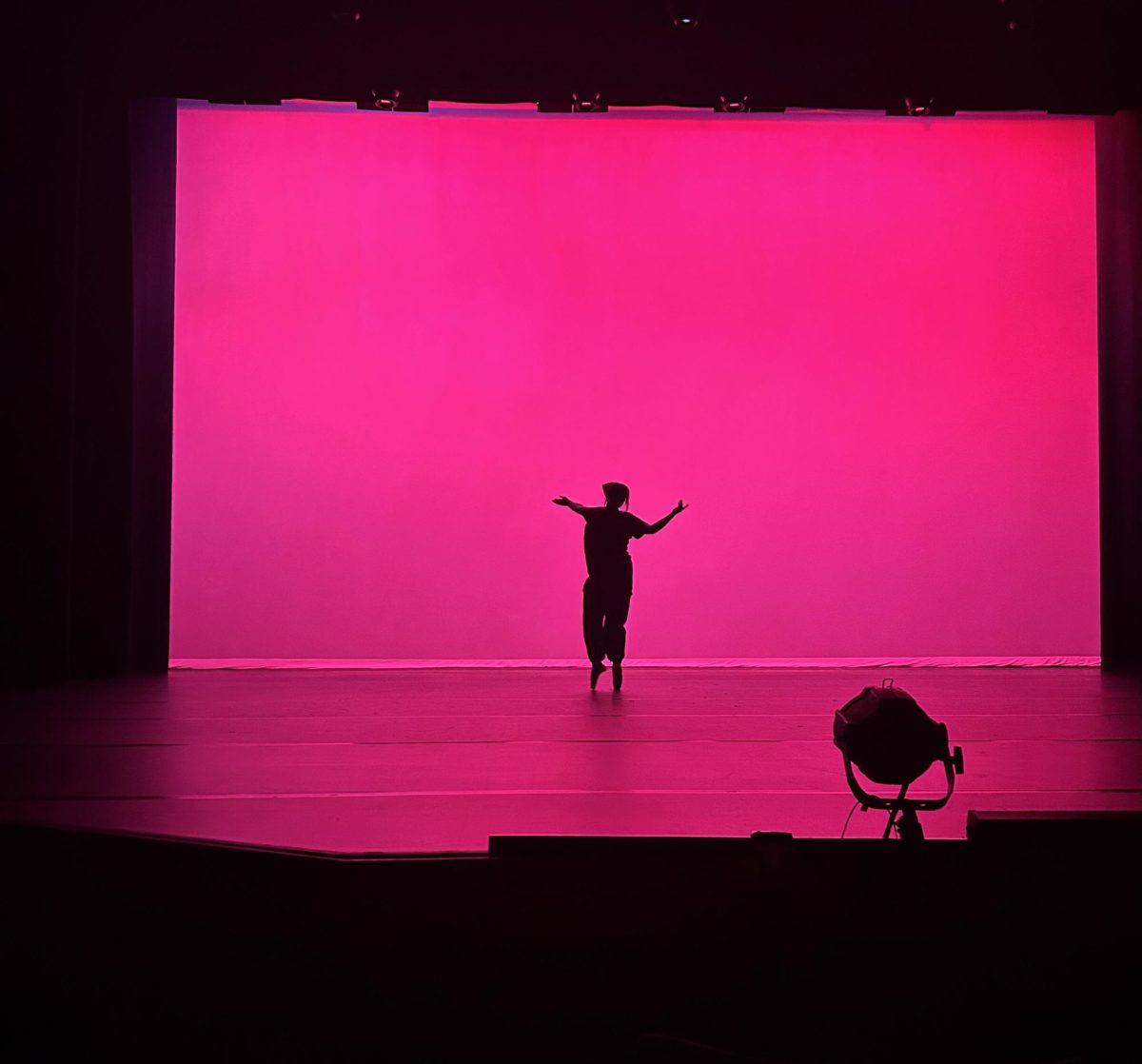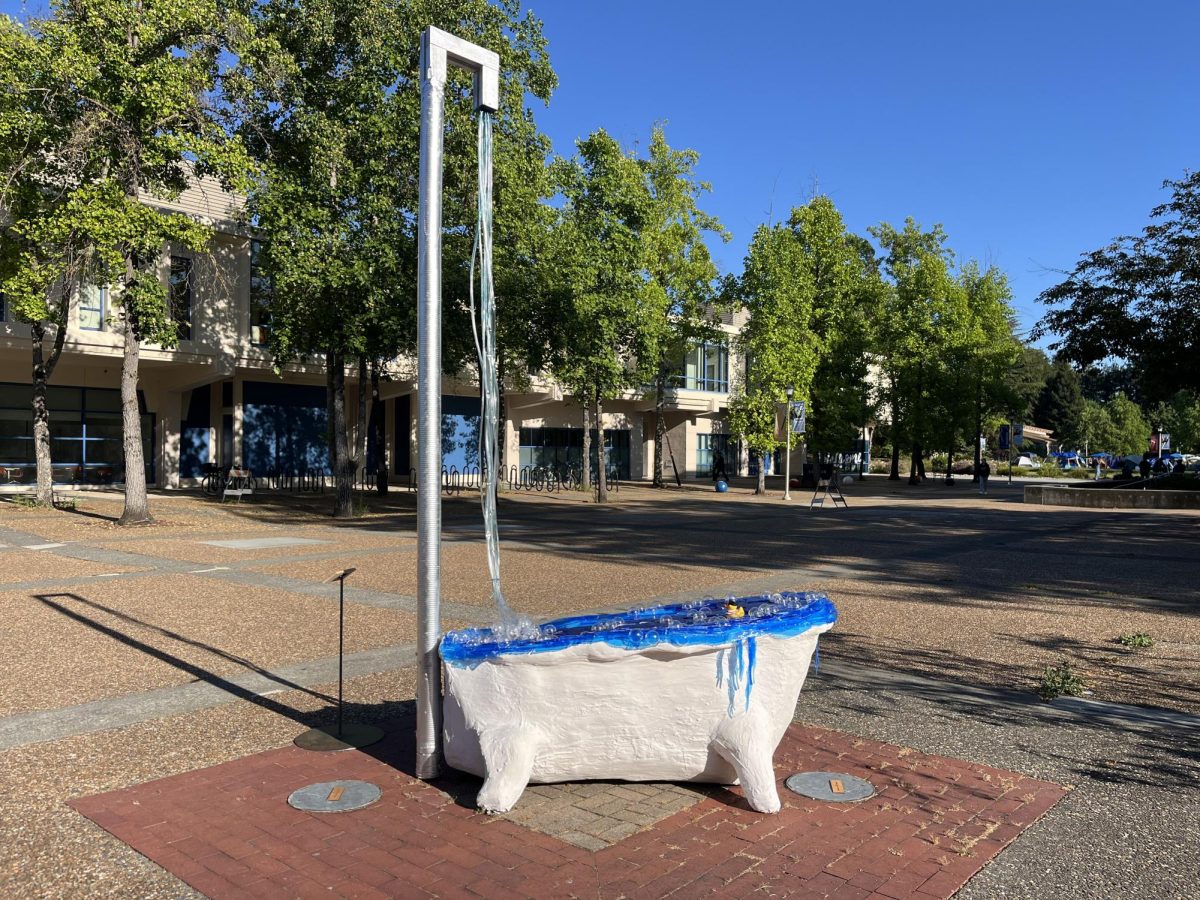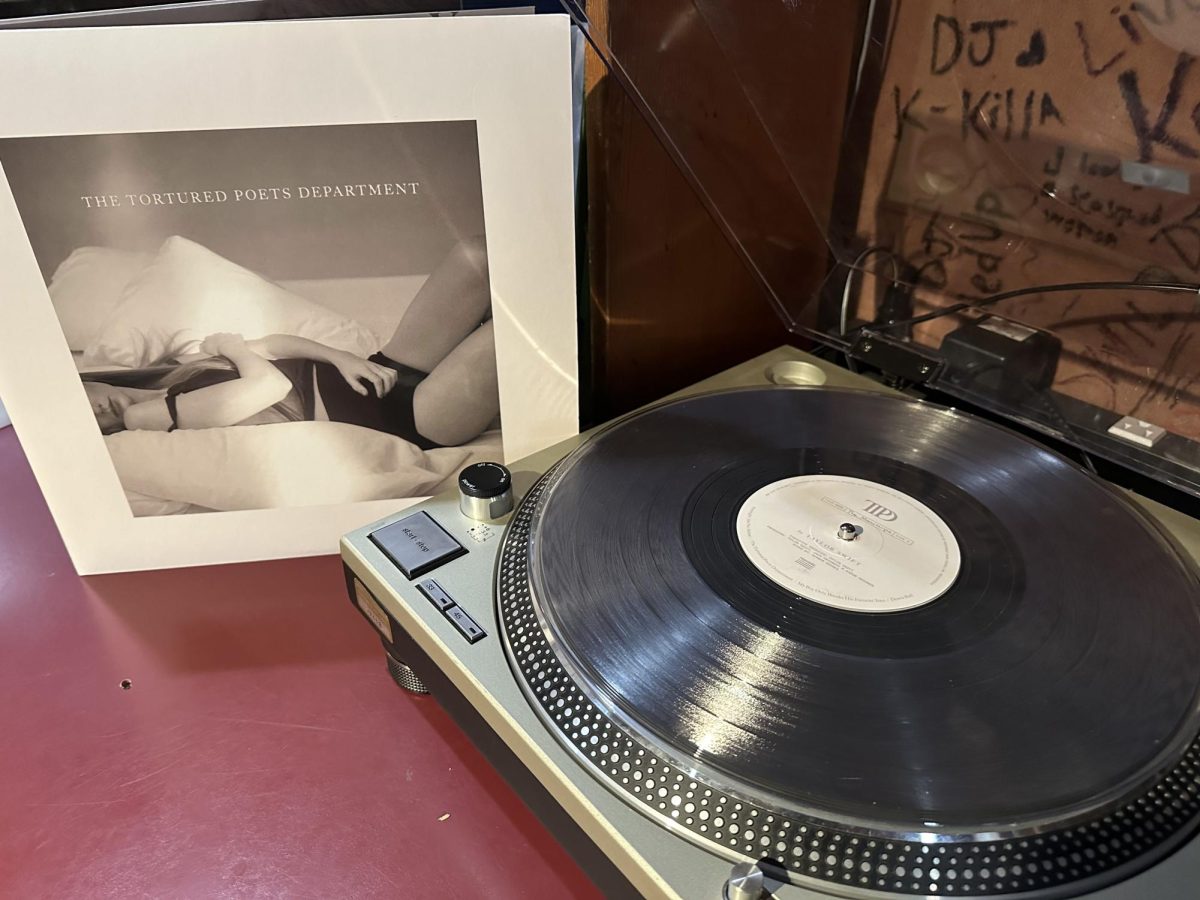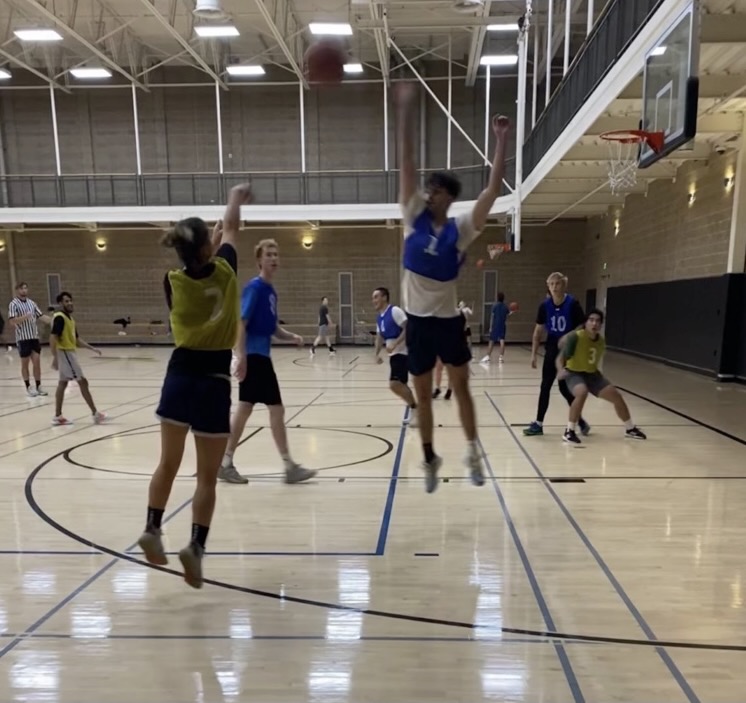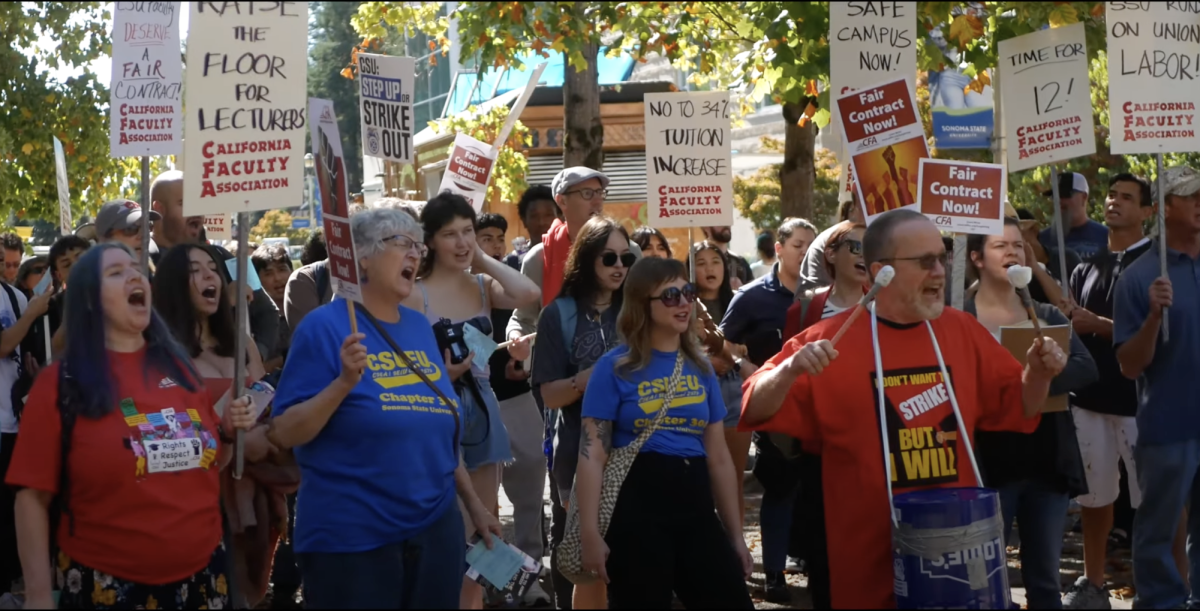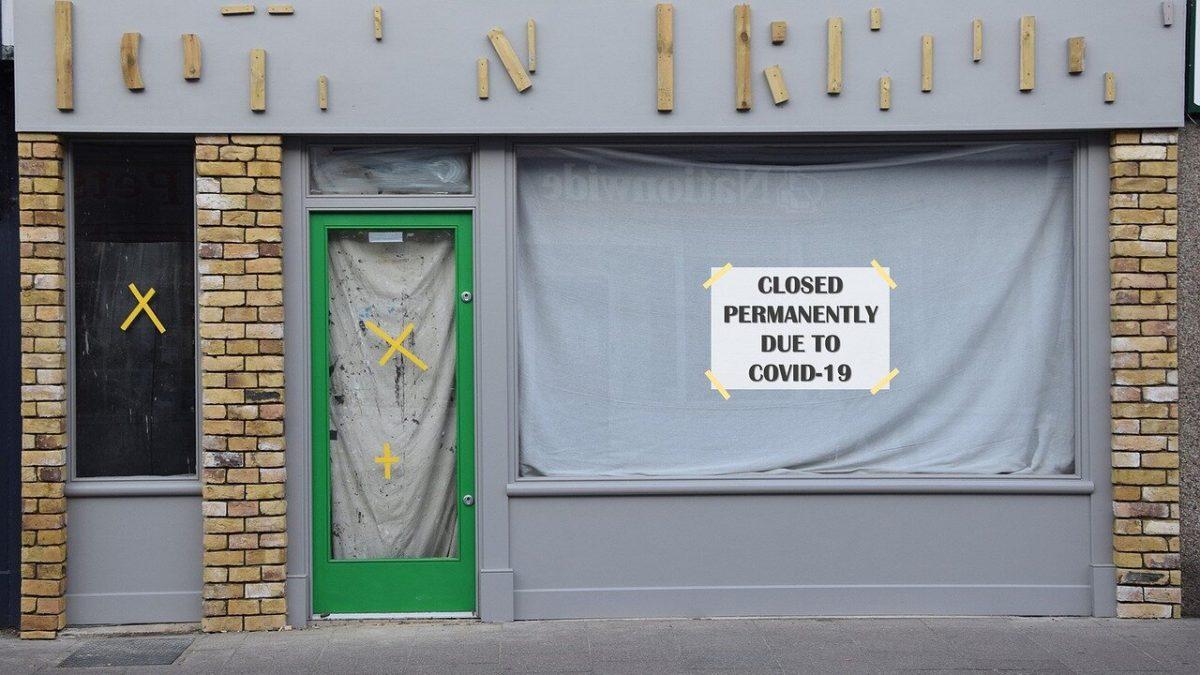The arts and entertainment community has been greatly impacted since the pandemic hit in the early months of this year. Art shows have been canceled abruptly, performances are postponed with no end date, and artists are trying to find their means to survive, not only survive as an artist but an artist during a pandemic.
Here at the STAR, we have reported on many forms of arts and entertainment. These articles ranged from popular newfound video games like Among Us to local, virtual events at the Green Music Center. With this being said, all the events and trends the STAR has reported on have an underlying similar tone to one another; the arts and entertainment industry is fighting through this pandemic.
Art consumption is a difficult thing to do during a time where the public has to avoid large gatherings or deal with pandemic regulations, such as capacity limits.
According to Francesca Constantini, a staff writer for ABC7, writes that approximately 2 million jobs and $42 million have been lost in the performing arts industry. She then asks her readers an eerie question for most artists.
“…how will the Arts survive and will it change even more?” wrote Constantini.
Take Healdsburg’s Raven Film Center as an example. As reported by the STAR, the Raven Film Center felt it was necessary to close for six months back in September. As of Nov. 20, the Raven Film Center continues to be completely closed due to the COVID-19 pandemic.
Arts and entertainment continue to fight for their industry and business as the world continues to persevere through life with the pandemic. As an act of perseverance, some businesses have taken their art virtual to compensate for the loss they experienced once the pandemic first hit.
Those who are fortunate enough to have found ways to successfully make performances virtual have utilized tools like Zoom to continue their career in art. For example, The Connection Collection was hosted on zoom by Sonoma State University’s Theatre and Arts and dance. The Connection Collection was a virtual performance that focused on the idea of connecting with others. Having SSU take theatre online reveals theatre can be moved to different platforms, the only potential challenge for other theatre groups would be sustaining themselves to the point of being able to utilize resources like zoom and building a willing audience.
Constantini reported on an artist located in Sarasota, Fla., Shantel Norman, who is a lead singer for a music group called the Jah Movement.
Norman shared with Constantini that at the beginning of the pandemic, the shutdowns were hard on her and the Jah Movement.
“Back in March, performance halls, clubs and restaurants shut down as cases of coronavirus surged throughout the state, leaving performers like Norman without work. However, as other industries sent their employees to work remotely, she decided to do the same,” reported Constantini.
Norman shared to ABC7 that artists like her had to think creatively when it came to wanting to continue entertaining an audience.
“During the pandemic, I learned a lot, and what I mean by a lot is figuring out a lot of different creative ways to still entertain, and as you have probably seen a lot of musicians and artists have done a lot of live streams” shared Norman to Constantini.
The pandemic has created a great number of obstacles and turmoil for most, especially artists who depend on the person – to – person involvement. Taking things virtual seems to be a great substitute for most artists out there who can do so, but there are artists, like the Raven Film Center, who have been too greatly affected by the pandemic and not fortunate enough to even consider bringing their art to virtual platforms.
However, the arts and entertainment industry continues to persevere through the pandemic and the challenges it brings along with it. Like the millennial, local business owner at Honey Co. said at the Soco Market, “keep pushing.”


